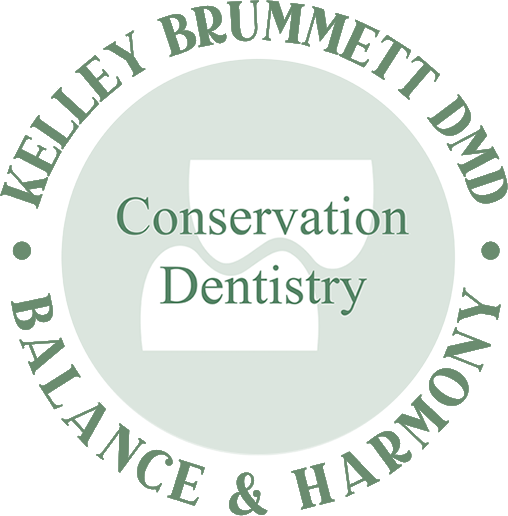Occlusal Disease & Treatment
What is Occlusal Disease?
Occlusal disease and TMJ disorders are related because they both involve clenching or grinding the teeth. In the case of TMJ disorders, the effects are seen in the jaw joints and muscles, often with associated pain. Occlusal disease occurs when the force of clenching or grinding does damage to the teeth and gums.
The term comes from the word ‘occlusion’ which in dentistry means how the teeth come together when you bite. Repetitive excessive biting forces can, over time, create significant breakdown in your mouth.
Destructive clenching and grinding can cause any of the following conditions:
- Cracked teeth
- Loose teeth
- Sensitive teeth
- Worn teeth
- Failed fillings
- Gum recession
- Notched tooth roots
- Shifting teeth
What are the treatments for occlusal disease?
Battling occlusal disease is all about force management. For many people, clenching or grinding is such a sub-conscious habit that it can not be stopped entirely. But you can control the effects of it.
A bite appliance for night time use virtually eliminates damage to teeth during sleep. Corrections to any misalignment of the teeth will minimize the force on teeth during the day. Teeth that are cracked must be protected with crowns. Teeth that have lost significant amounts of structure can be restored to their original form and appearance. This is usually done with porcelain restorations.

